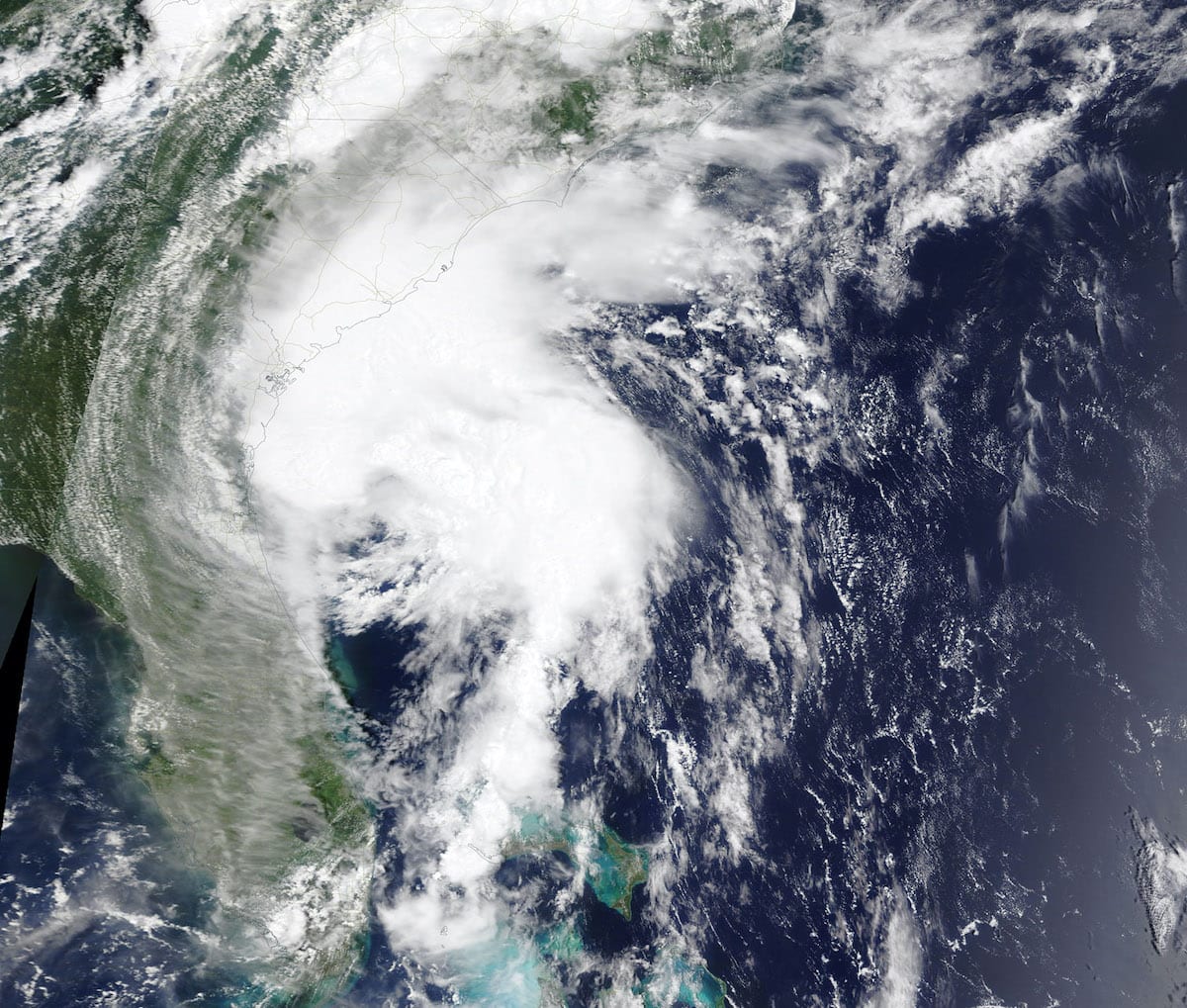Tropical Storm Cristobal is seen on a northern track over the Gulf of Mexico in a satellite image taken June 7, 2020. NOAA/Handout via REUTERS

HOUSTON, Aug 6 (Reuters) – The U.S. National Oceanic and Atmospheric Administration (NOAA) on Thursday increased its prediction for the number of tropical storms expected this year to as many as 25, the highest in the agency’s history, the lead forecaster said.
The 2020 Atlantic hurricane season, which began on June 1, has already produced nine named tropical storms, two of which reached hurricane strength, including Isias that lashed the North American Atlantic coast this week.
“We’ve never forecast up to 25 named storms, so this is the first time,” said Gerry Bell, NOAA’s lead hurricane season forecaster in a conference call with reporters.
The number of tropical storms could also be as low as 19 for the year, Bell said.
“There could be more (than 25),” he said. “This is the likely range of activity.”
By the end of the season on Nov. 30, NOAA predicts there will have been between seven and 11 hurricanes, of which six will be major, packing winds of 111 miles per hour (178 kph).
Seas with high temperatures, which fuel tropical storms, and low-wind shear will combine to make 2020 a very active season, Bell said.
Previously, NOAA forecast 13-19 named storms, including 3-6 major hurricanes. There were 18 named storms last year and 15 in 2018.
An average hurricane season produces 12 named storms including six hurricanes, half of which are major.
NOAA’s forecast is similar to that issued Wednesday by the Colorado State University Tropical Meteorology Project, which predicts 12 hurricanes, five of them major, from 24 named storms in the current season.
U.S. offshore production in the U.S.-regulated Gulf of Mexico accounts for 17% of total oil output and 5% of total dry natural gas production, according to the Energy Information Administration (EIA). Over 45% of U.S. petroleum refining capacity is located along the Gulf Coast, as well as 51% of total U.S. natural gas processing plant capacity, according to EIA.
(Reporting by Erwin Seba; Editing by Dan Grebler and Marguerita Choy)
(c) Copyright Thomson Reuters 2020.

 Join The Club
Join The Club











